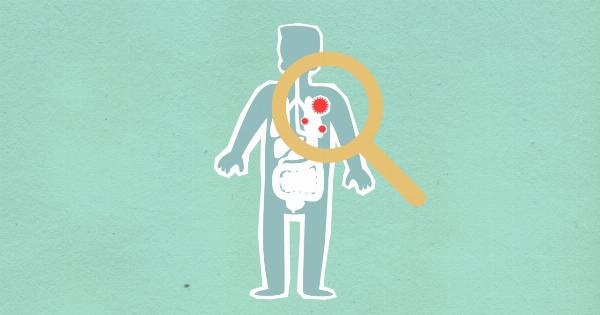When it comes to longevity, most people think about health-related factors such as diet, exercise, and genetics.
While these certainly play a crucial role in determining how long we live, there are several non-health-related factors that can also have a significant impact on our lifespan. In this article, we will explore 8 such factors that often go unnoticed but can shorten our lives.
1. Socioeconomic Status
Research has shown that individuals with lower socioeconomic status tend to have shorter lifespans.
Factors such as limited access to quality healthcare, higher levels of stress, and increased exposure to environmental toxins can contribute to this disparity. It is essential to address social inequalities and ensure equal opportunities for all to improve overall life expectancy.
2. Education Level
Education plays a vital role in determining health outcomes. Studies have consistently shown that individuals with higher levels of education tend to live longer than those with lower education levels.
Education not only provides access to better job opportunities but also empowers individuals to make informed decisions about their health and well-being.
3. Employment and Occupational Hazards
Our work environment can significantly impact our lifespan. Those in hazardous occupations, such as mining or construction, are exposed to increased risks of accidents, injuries, and occupational diseases.
Additionally, job-related stress and long working hours can also have detrimental effects on both physical and mental health.
4. Social Relationships and Support
Having strong social relationships and a support system has been linked to a longer life.
Research suggests that individuals with close relationships and social support tend to have lower levels of stress, improved mental health, and healthier lifestyle behaviors. Loneliness and social isolation, on the other hand, have been associated with increased mortality rates.
5. Environmental Factors
The environment we live in can have a significant impact on our health.
Exposure to air pollution, water contamination, and hazardous substances increases the risk of developing various diseases, including respiratory conditions, cardiovascular diseases, and certain types of cancer. Inadequate access to clean water and sanitation facilities also contribute to higher mortality rates.
6. Geographical Location
Where we live can also influence our lifespan. Factors such as climate, environmental conditions, and access to healthcare services may vary between regions and can impact overall health and longevity.
Those living in remote areas or regions with limited healthcare infrastructure may face difficulties in accessing timely and quality medical care.
7. Personal Behaviors and Lifestyle Choices
While not directly related to health, personal behaviors and lifestyle choices play a significant role in determining our lifespan.
Factors such as smoking, excessive alcohol consumption, substance abuse, poor nutrition, and lack of physical activity can significantly increase the risk of developing life-threatening conditions and reduce life expectancy.
8. Socio-Cultural Factors
Lastly, socio-cultural factors like traditions, beliefs, and cultural norms can impact our lifespan to some extent.
For instance, certain cultures may have dietary preferences that increase the risk of certain diseases, or traditional practices may expose individuals to avoidable health hazards. Understanding and addressing these factors can help promote healthier behaviors and improve overall longevity.
Conclusion
While health-related factors are undoubtedly critical in determining our lifespan, it is essential to recognize the influence of non-health-related factors as well.
Socioeconomic status, education level, employment conditions, social relationships, environmental factors, geographical location, personal behaviors, and socio-cultural factors all play their part in shaping our longevity. By addressing and improving these factors, we can strive towards a society where life expectancy is not solely determined by health-related factors.





























